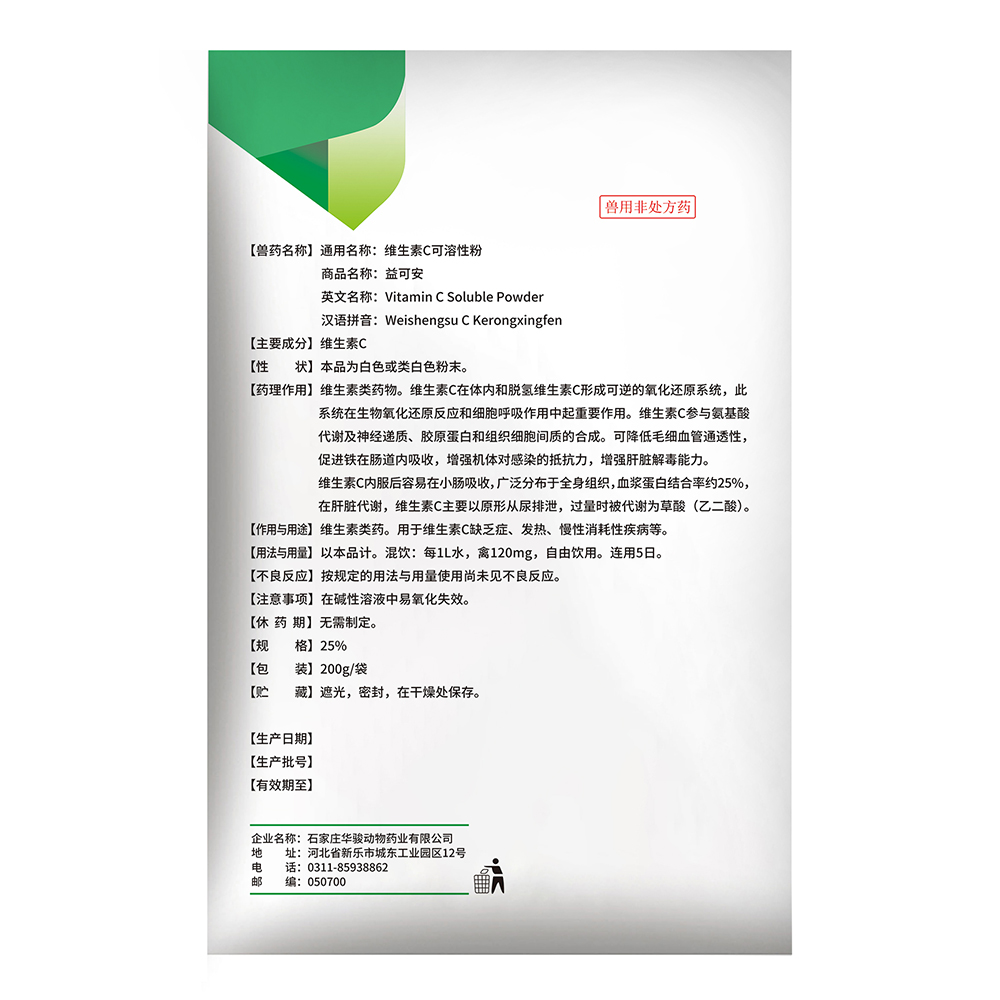
Eki . 05, 2024 14:26 Back to list
gizzard glandular stomach punctate patchy hemorrhage
Understanding Gizzard Glandular Stomach and the Implications of Punctate Patchy Hemorrhage
The gizzard, a specialized muscular stomach found in many birds and some reptiles, plays a crucial role in the digestive process. Unlike mammals, birds lack teeth for mechanical digestion; instead, they rely on the gizzard to grind food. It operates alongside a glandular stomach, which secretes enzymes and gastric juices, facilitating the breakdown of food particles. This dynamic duo effectively transforms hard seeds and other foodstuffs into digestible forms, which are essential for the avian diet.
However, like any organ, the gizzard and glandular stomach can be susceptible to various health issues, one of which is punctate patchy hemorrhage. This term refers to small, localized areas of bleeding that manifest on the surface or within the tissues of the gizzard or glandular stomach. Understanding the causes, implications, and treatment of this condition is crucial for avian health, especially in domestic and agricultural settings.
Causes of Punctate Patchy Hemorrhage
Punctate patchy hemorrhage can result from numerous factors, including infectious diseases, toxic exposures, and physical trauma. In birds, common pathogens such as Pasteurella multocida, Clostridium perfringens, and Avian Influenza Virus can lead to gastroenteritis, which may present with hemorrhaging in the gizzard or glandular stomach. Additionally, exposure to toxins, such as those found in moldy feed or certain plants, can cause necrosis and subsequent bleeding in digestive tissues.
Physical trauma, whether from external sources or aggressive feeding habits, can also result in localized hemorrhages. Birds often use their beaks to peck at various surfaces, and inappropriate materials or overly aggressive pecking can lead to injury. Furthermore, nutritional deficiencies, particularly in vitamins K and B, can compromise blood coagulation and result in bleeding abnormalities.
Implications of Punctate Patchy Hemorrhage
gizzard glandular stomach punctate patchy hemorrhage

The presence of punctate patchy hemorrhage is a clear indication of underlying health issues that warrant immediate attention. In the context of poultry, such hemorrhaging can lead to decreased feed efficiency, poor weight gain, and increased mortality rates. These implications not only affect individual birds but can impact larger populations and, ultimately, the economics of poultry farming.
One of the significant risks associated with this condition is the potential for systemic infections. If the hemorrhage is a response to an infectious agent, the pathogen can spread, leading to more severe systemic illnesses. This spread could result in broader implications for flock health, necessitating the intervention of veterinarians and potentially leading to economic losses for farmers.
Diagnosis and Treatment
Diagnosing the cause of punctate patchy hemorrhage involves a comprehensive approach, including physical examinations, necropsy findings, and laboratory tests. Pathology assessments, such as histopathological examinations of tissue samples, are essential for identifying the specific causes of the hemorrhaging. Once diagnosed, treatment plans will vary based on the underlying cause.
If the hemorrhage is due to infectious disease, appropriate antimicrobial or anti-inflammatory medications may be administered. For toxin-induced hemorrhaging, identifying and eliminating the source of the toxin is critical. Nutritional adjustments and supplementation with vitamins K and B can also assist in managing bleeding tendencies. Providing supportive care, including hydration and nutritional support, is vital for recovery.
Conclusion
Punctate patchy hemorrhage in the gizzard and glandular stomach of birds serves as a stark reminder of the complexities involved in avian health. Understanding the underlying causes, implications, and treatment options is crucial for maintaining the well-being of birds, especially in commercial settings. By addressing these health issues proactively, we can ensure the sustainability of poultry farming and the welfare of avian populations. As research continues to evolve in this field, it’s essential for avian caretakers to remain informed and vigilant in monitoring the health of their birds.
-
Premium Immune Enhancement Products Trusted Manufacturer & Supplier Factory Solutions
NewsJul.04,2025
-
Top Hemoglobinuria Manufacturer & Supplier Reliable Hemoglobinuria Factory Solutions
NewsJun.24,2025
-
Premium Honeysuckle Products - Leading Honeysuckle Manufacturer & Supplier Factory
NewsJun.10,2025
-
Pulmonary Edema Solutions from Leading Manufacturer & Supplier Reliable Factory Price
NewsJun.10,2025
-
Red Eyes - Leading Red Eyes Manufacturer & Supplier, Premium Quality Factory Price
NewsJun.10,2025
-
Broiler Ascites Syndrome Solutions Top Manufacturers
NewsJun.10,2025




